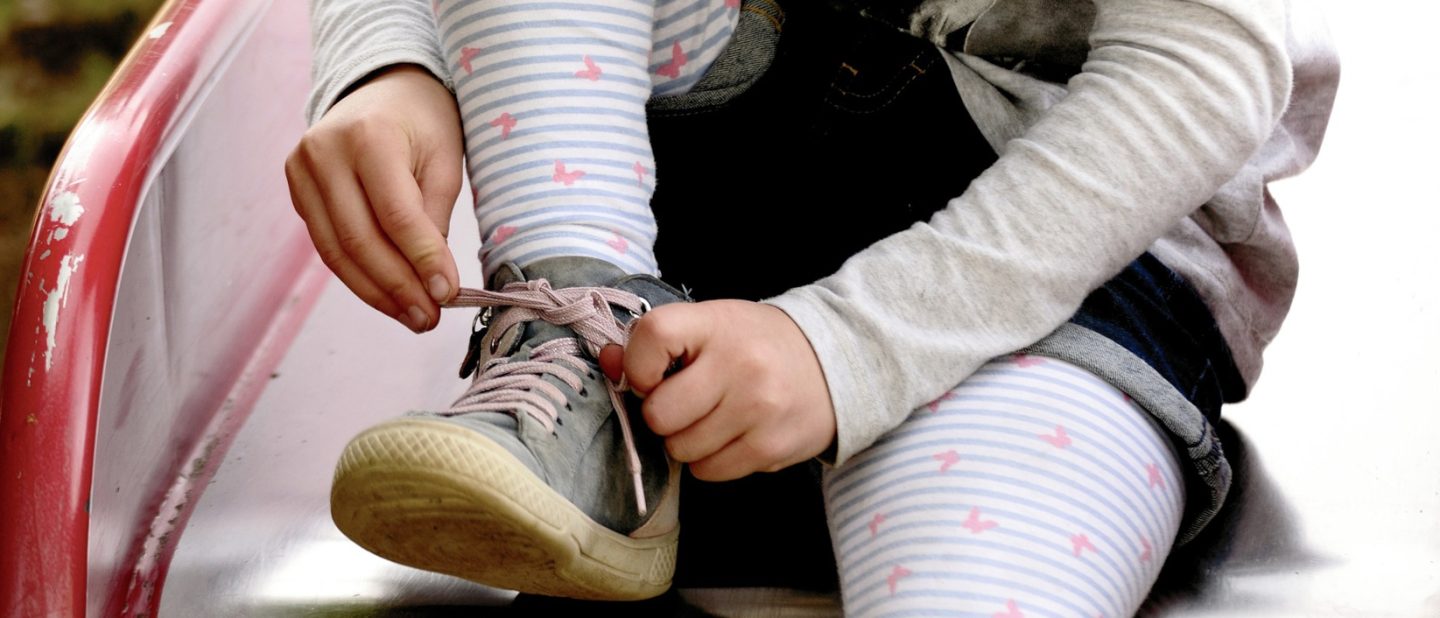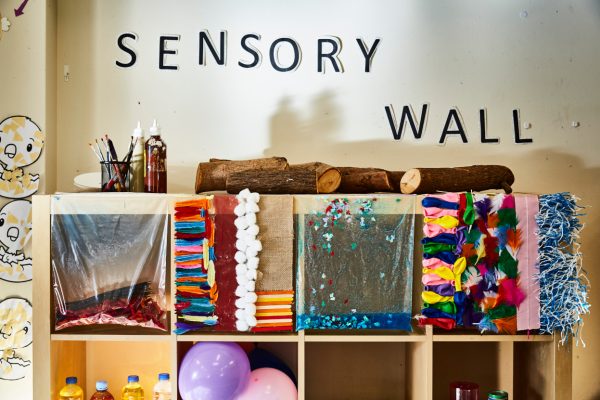
A therapist explains: What is chaining?
By Xavier
Forward chaining and backward chaining are techniques used to teach children to learn tasks that have multiple steps. Chaining actively involves the child in the task and helps them to master one step at a time until all steps are mastered. The reason we love chaining as therapists (and parents) is it ensures a task is completed whilst allowing the child to become more independent and learn a new skills.
How does it work?
Forward chaining is where the child learns the first part of a task before continuing to learn each of the following steps. So for example a child may put the sleeve of their jumper on but the caregiver completes the remainder of the task and progresses from here. This can help some children and is a great technique.
However, for some children, we find backward chaining is even more successful.
In backward chaining the caregiver performs most of the task and the child performs the last step of the task. This is so successful because it provides positive reinforcement for successfully completing the task. As the child masters each last step the adult does fewer steps until the child is completing the whole task. This technique is wonderful for children who have lost motivation due to failed attempts or who get frustrated easily.
How do I do backward chaining?
Start by breaking down the task. For example putting on a jumper
- Pull jumper over head
- Push right arm up through right sleeve
- Push left arm up through left sleeve
- Pull jumper down to waist
You will complete most of the task except for pulling the jumper down to the waist. After multiple attempts and lots of praise, your child will master pulling the jumper down to the waist. Then have your child complete the step before and the mastered steps (steps 3 and 4). Continue on in this way doing one step prior and the mastered steps until your child can complete the whole task alone. You’re essentially teaching the skills in reverse order.
How else can I use this?
You can implement this technique to help your child to learn many daily living skills such as washing hands, brushing teeth, doing the laundry, making their bed and so on. Be sure to break down the task into small steps and work on mastering the last step first.
A critical component of using this technique is to maintain consistency- same time of day, same place in the home, same routine surrounding the task being practiced. The repetition will increase the ability to learn the new skill and once it is mastered then you can transfer it across settings.
This technique can be really motivating for children and helps them to feel successful which is why we like it so much!
We’re here to help you work with your child on acquiring new daily living skills using chaining. Get in touch or mention chaining to your therapist at your child’s next session.
Xavier supports children and young people with complex disability and related health needs to live the best lives possible with their families. Supporting children and young people throughout the greater Brisbane area with their dedicated team of allied health professionals, short-stay respite at Xavier Place and community services. | www.xavier.org.au







